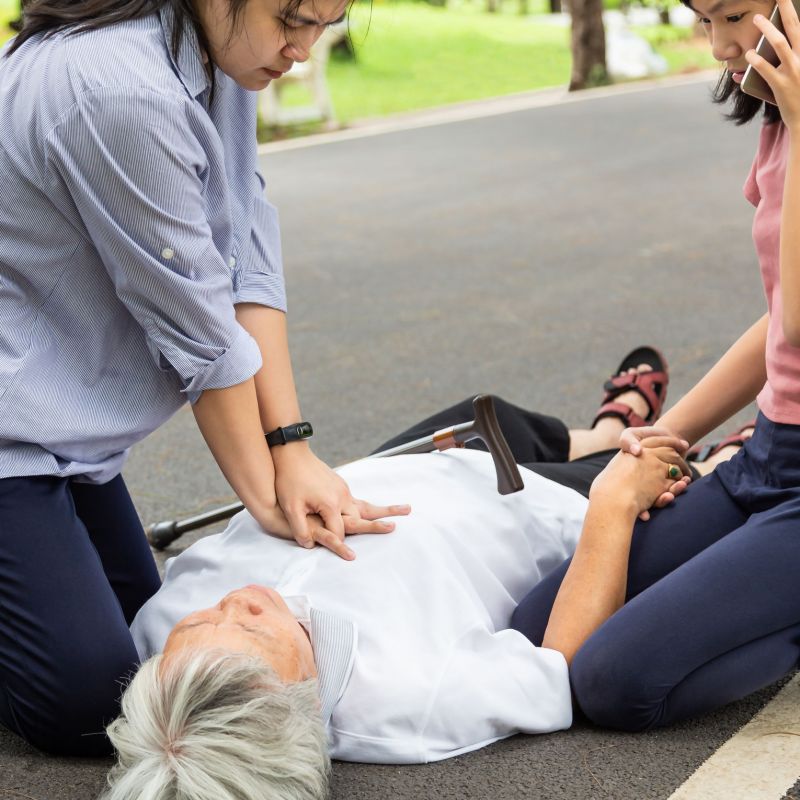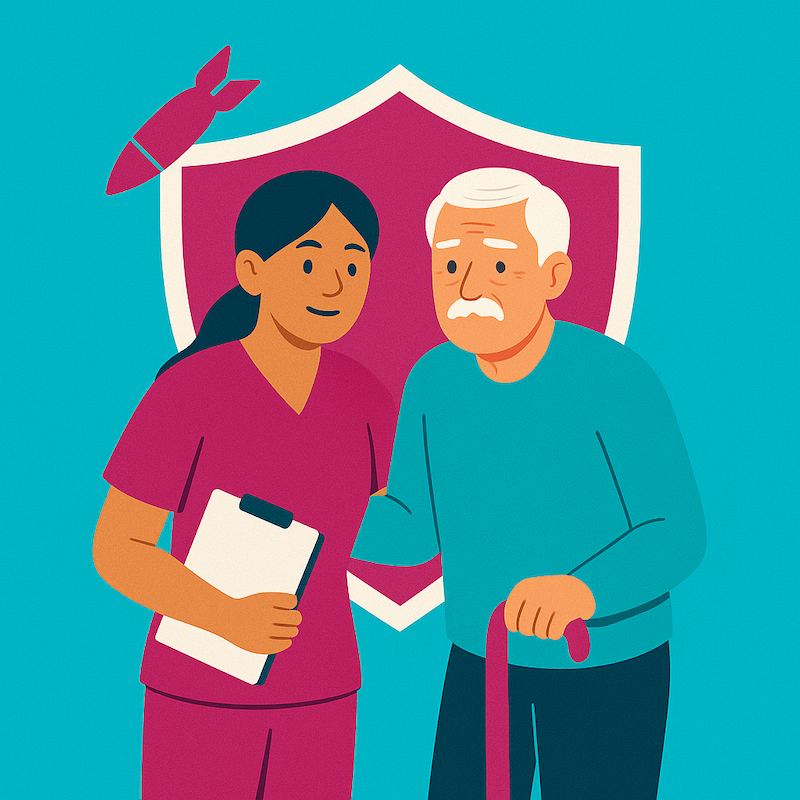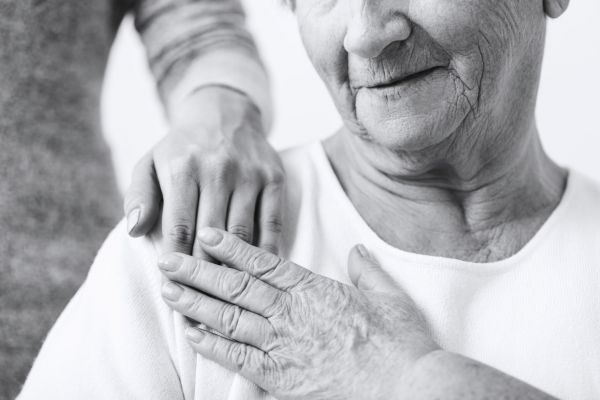Caregiving 101: Emergency CPR Review
iSavta | 10.08.2020

Have you sometimes thought about experiencing a real life emergency, but might forget how to do CPR?
While not all health workers are assigned as emergency responders, all health workers are expected to perform service in emergency situations. Whether we learn the art and skill as professionals, or learn it for practical personal use, it will always be beneficial.
CPR or cardiopulmonary resuscitation is a very useful technique that has proven to save so many lives in the past. This is especially true for persons who have experienced near drowning or heart attack. CPR deliberately helps in continuing the circulation of the blood which is very essential in delivering oxygen to vital organs of the body like the brain. Once the brain loses oxygen, extensive and irreversible brain damage can occur. After 8 to 10 minutes of oxygen deprivation, the person may die.
Many have been trained, including students, in performing CPR by their local Red Cross Chapters or other government and non-government agencies. Still, many have forgotten the technique because daily busy-ness and other priorities have already preoccupied their minds.
So what do we do if we were in an emergency, and we have already forgotten the steps? No worries, you can still save a life by remembering to stay calm, and use a generic pump technique while waiting for paramedics to arrive. This is done by doing 100 to 120 hand compressions per minute, without the need to try rescue breathing. However, please remember this technique is not applicable to infants 1 month old and below.

Moreover, if you feel confident about your training and technique, it will be good to start by checking for pulse or breathing. Once you are not able to sense both within 10 seconds, you may start with 30 chest compressions, then give 2 rescue breaths.
Things to remember before giving a CPR:
- Safety of environment
- Consciousness/Unconsciousness of the person
- If unconscious, you may tap or shake the shoulder and ask “Are you ok?”
- Before beginning the CPR, call emergency services first if you have immediate telephone access, or ask someone to call.
Also remember C-A-B.
As recommended by the American Heart Association, a good technique would be: Compression - Airway - Breathing.
Compression keeps the circulation flowing. Compress the sternum area (center of the chest in between the nipples). Use the heel of one hand and place the other hand on top, straighten your elbows and position your shoulders directly above the hands. Use not just your hand force, rather, use your body weight to give you power in doing the compression with a depth of around 2 inches but not greater than 2.4 inches.
Airway should be open. Check if the person has any food or anything in the mouth that could cause choking. Once clear, you may use head tilt - chin lift technique (this is usually done after 30 compressions). Use one hand in tilting the head back while using the other hand to lift the chin so as to open the mouth.
Breathing. Give 2 rescue breaths by pinching seal the nose and blowing air for a second in the mouth. Check for the chest to rise. Do this twice, then continue with 30 compressions. Give 2 rescue breaths again, and the cycle goes on until paramedics arrive.
The healthcare industry/medical science continues to have updates on best practices every now and then. So it is best to attend seminars and continually learn. Even if you already have a basic life support certification, it is still best to re-learn every now and then. Being an expert in a field takes a lot of studying, learning and experience.
We hope you continue learning, not only so you could earn more certificates, but also for practical reasons that can save other people or persons close to your hearts.











